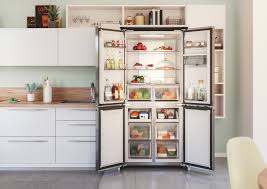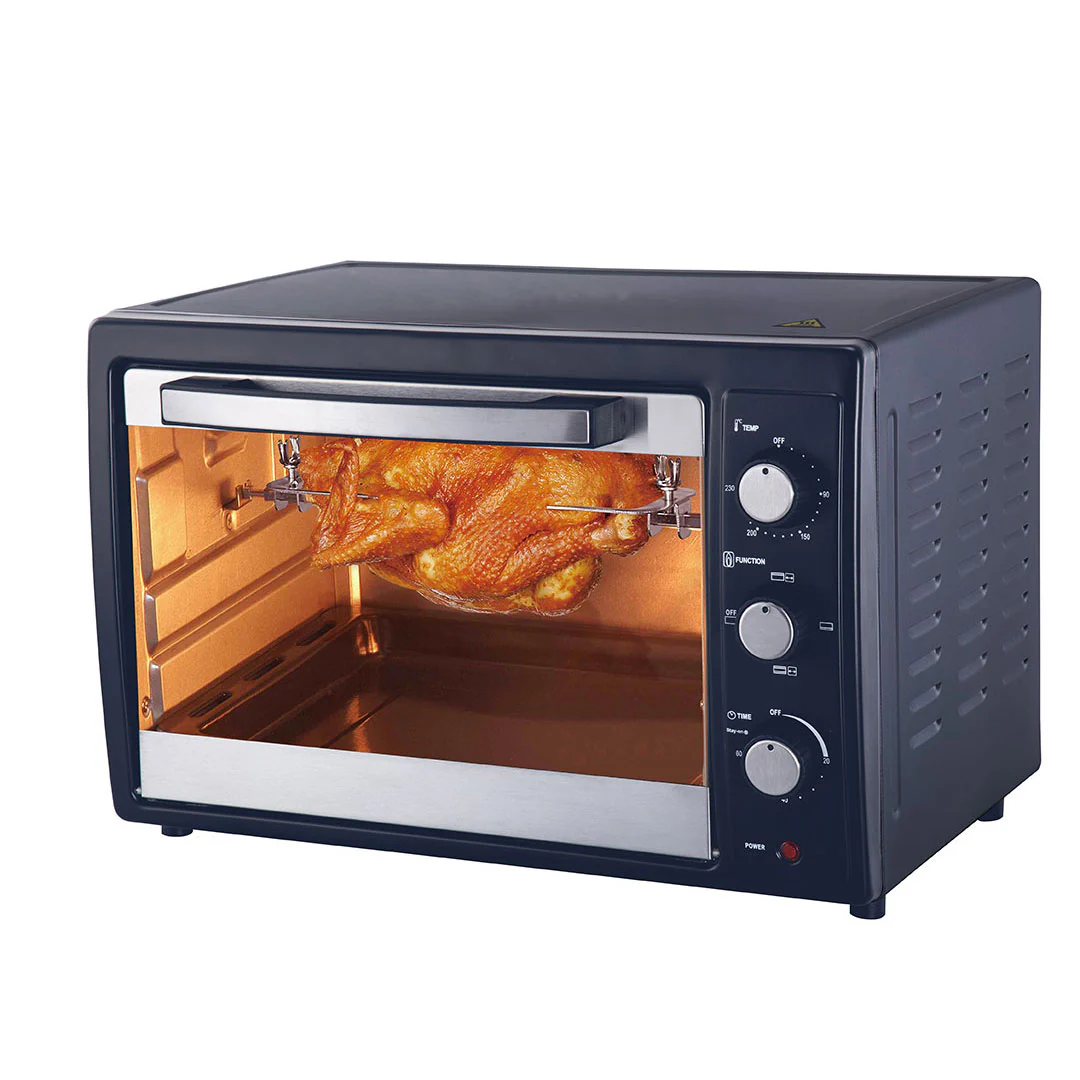In every home, the fridge unit stands as an indispensable appliance, serving as the silent guardian of our food’s freshness and safety. More than just a cold box, modern refrigerators are marvels of engineering, integrating advanced technologies to preserve food longer, save energy, and offer unparalleled convenience. Choosing the right fridge unit is crucial for any kitchen, impacting everything from your grocery bill to your daily cooking habits.
The Indispensable Role of a Fridge Unit
A refrigerator is fundamental to modern living, providing:
- Food Preservation: Keeping perishables fresh for extended periods, reducing waste.
- Food Safety: Maintaining optimal temperatures to inhibit bacterial growth.
- Convenience: Storing a wide variety of foods and beverages within easy reach.
- Energy Efficiency: Modern units are designed to consume less power, saving on electricity bills.
Types of Fridge Units
The market offers a wide array of fridge configurations to suit different kitchen layouts and family needs:
- Top-Freezer Refrigerators: The classic and most energy-efficient design, with the freezer compartment located above the fresh food section.
- Bottom-Freezer Refrigerators: Offer easier access to fresh food (at eye level), with the freezer drawer or door at the bottom.
- Side-by-Side Refrigerators: Feature two vertical doors, with the freezer on one side and the refrigerator on the other. Ideal for narrow kitchens and offer good organization.
- French Door Refrigerators: Combine a bottom freezer with two doors for the fresh food section. They offer wide shelving for large items and a stylish aesthetic.
- Counter-Depth Refrigerators: Designed to align with your kitchen countertops for a built-in, seamless look.
- Mini-Fridges/Compact Refrigerators: Perfect for dorm rooms, offices, or as supplementary storage.
Key Factors to Consider When Buying a Fridge Unit
Selecting the perfect fridge unit involves balancing capacity, features, and budget:
- Capacity: Measured in liters or cubic feet, this should match your household size and shopping habits.
- Dimensions: Crucial for ensuring the fridge fits your kitchen space and can be moved through doorways.
- Energy Efficiency: Look for models with high energy star ratings to minimize electricity consumption.
- Features:
- No-Frost Technology: Prevents ice buildup in the freezer.
- Water and Ice Dispenser: Offers convenience, often with filtration.
- Adjustable Shelving: Provides flexibility for organizing different-sized items.
- Humidity-Controlled Crispers: Keeps fruits and vegetables fresh longer.
- Smart Features: Connectivity for remote control, inventory management, and diagnostics.
- Inverter Compressor: Offers quieter operation and better energy efficiency.
- Design and Finish: Stainless steel, black, white, or custom panel-ready options to match your kitchen decor.
- Noise Level: Important for open-plan living spaces.
Maintenance Tips for Your Fridge Unit
Regular maintenance ensures your fridge runs efficiently and lasts longer:
- Clean Coils: Dust and debris on condenser coils reduce efficiency. Clean them every 6-12 months.
- Check Door Seals: Ensure seals are tight to prevent cold air leaks.
- Clean Interior Regularly: Prevents odors and keeps food hygienic.
- Set Correct Temperature: Refrigerator should be at 2-4°C (35-40°F) and freezer at -18°C (0°F).
- Don’t Overload: Allow space for air circulation inside.
Conclusion
The fridge unit is more than just an appliance; it’s the cornerstone of a functional and healthy kitchen. By understanding the various types and features, you can make an informed decision that ensures your food stays fresh, your kitchen stays organized, and your home remains efficient for years to come.






